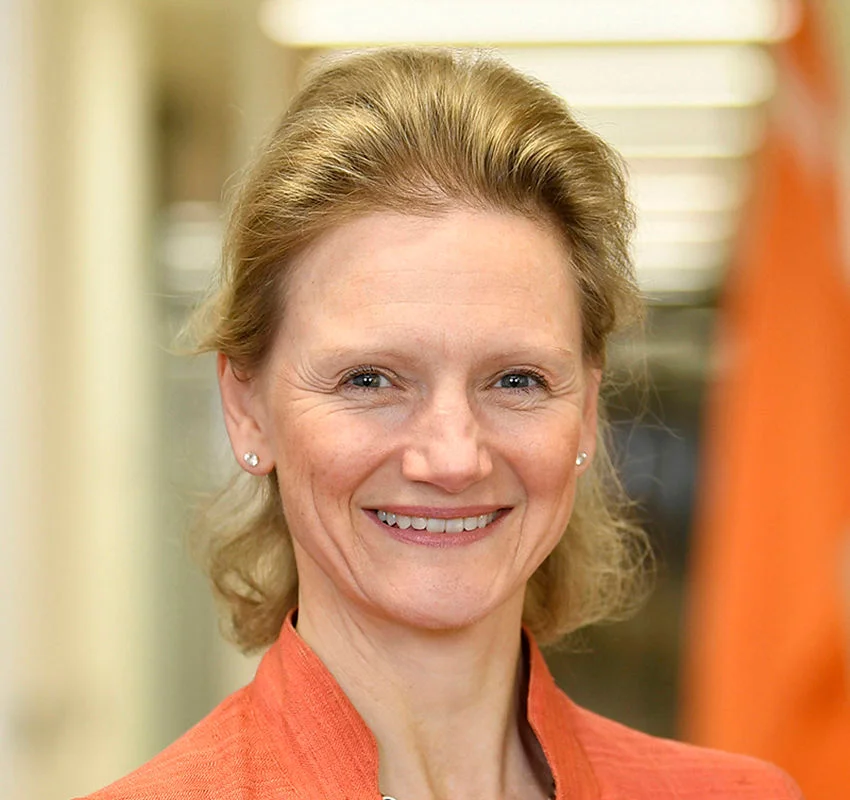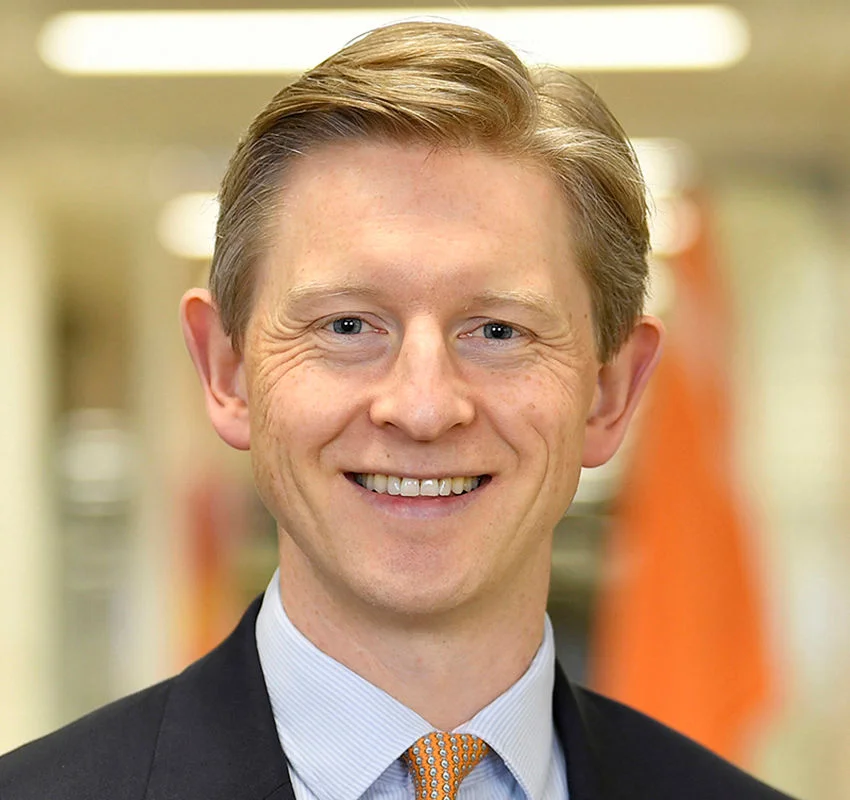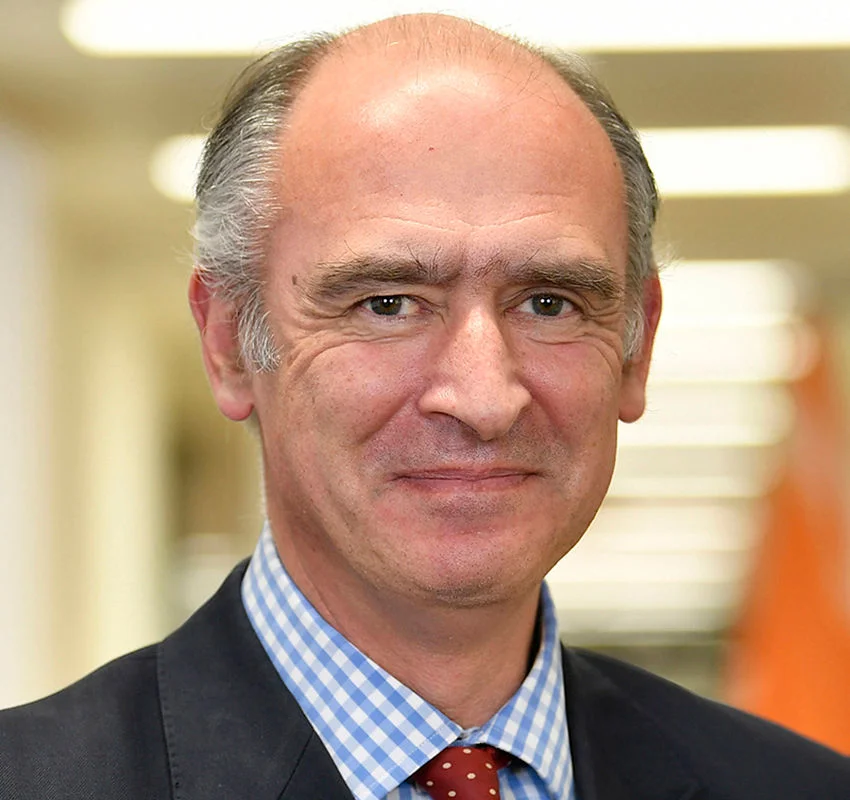“Recent indicators suggest that economic activity has been expanding at a solid pace. Job gains have remained strong, and the unemployment rate has remained low. Inflation has eased over the past year but remains elevated. The Committee seeks to achieve maximum employment and inflation at the rate of 2 percent over the longer run. The Committee judges that the risks to achieving its employment and inflation goals are moving into better balance. The economic outlook is uncertain, and the Committee remains highly attentive to inflation risks.”
On the face of it, a bland enough paragraph written in flat, low-key economist-speak. This was the summary assessment by the Federal Reserve (Fed) in its policy statement released on 20ᵗʰ March when it announced the Open Markets Committee’s unanimous decision to keep US interest rates on hold in a target range of 5.25%-5.5%. But delve deeper, disaggregate the components and it reveals so much of the quandary in which the US central bank finds itself today.
March 2024 was the second anniversary of the Fed awaking from its slumber and realising that inflation was rapidly running away from it in the aftermath of the pandemic and Putin’s invasion of Ukraine. The Fed galvanised itself to reverse its previous long-duration policy of providing very easy liquidity and ultra-cheap credit, known as ‘quantitative easing’ (QE). So began the most aggressive monetary tightening policy in the Fed’s history during which it raised interest rates from zero to 5.5% over 16 months, including four sequential three-quarter point rate hikes, one of which was simultaneously undertaken with the Bank of England and the European Central Bank in November 2022. Not confined to jacking up the interest rate, the Fed took very active steps to shrink its balance sheet, not just allowing maturing government bonds to “roll off” without being refinanced by the Treasury, but by the means known as ‘quantitative tightening’ (QT), actively selling bonds back to the market in a process that was the exact opposite of its long-held bond purchasing programme, QE.
Today, it is the almost universal expectation that US and other principal reserve currency central banks’ (the Bank of England’s and the ECB’s) interest rates are already at their peak and the next move is downwards. The only questions are “when?” and “how fast?”
The resilience of US GDP
“Recent indicators suggest that economic activity has been expanding at a solid pace”. Expanding at a solid pace? An understatement if ever there was one. In the second half of 2023, the US economy was not just expanding at a solid pace, it was expanding at full gallop: 4.9% growth in the third quarter followed by 3.2% in the final quarter and it emerged from 2023 with a calendar-year growth rate of 2.5%, almost exactly the average of the past decade when interest rates were consistently close to zero. If at the end of December last year the Fed expected US growth to moderate to 1.4% in 2024, already in March, barely a quarter of the way through the year, it has already had to discard that estimate and hike it up to 2.1%.
Are jobs and wages pointing to a softening?
“Job gains have remained strong, and the unemployment rate has remained low”. The Fed has two explicit elements to its economic mandate: alongside managing the economy to an average 2% inflation rate, it is expected to maintain as close to full employment as is possible for the conditions (“The Committee judges that the risks to achieving its employment and inflation goals are moving into better balance”; some question whether maintaining full employment with low inflation are enduringly compatible and consistent ambitions). Full employment is usually defined by economists as below 4% unemployment, on the basis that what remains is either not seeking work, is unable to work or is unemployable. Perhaps offering signs that the economy is moderating slightly, the February US data shows an unemployment rate of 3.9%, slightly higher than a year ago while new job vacancies are commensurately lower. Wages, an important component of inflation, were still growing at 5.7% in January and faster than headline price inflation, though the rapid acceleration seen in Q42023 seems to have abated.
Stubborn above-target inflation
“Inflation has eased over the past year but remains elevated”. A year ago, in March 2023, US CPI was 5.0% (its peak was 9.2% reported in June 2022). By June 2023 it had fallen to 3.0%. Today it is 3.2%. It has remained in an unbroken tramline bounded by 3% at the low end and 4% at the high, for nine months; it is elevated in that it remains stubbornly above 2%, the most recent occasion on which it was at or below 2% being in February 2021 (when it was on the point of bursting upwards). The Fed remains thoughtful about the underlying drivers of inflation in the post-Covid economy; the Atlanta Fed conducts a monthly survey of what it terms “sticky CPI”, a basket of goods in which constituents have a record of changing price only slowly; February’s Sticky CPI recorded an annualised inflation rate of 4.4% perhaps pointing to the danger of assuming that simply because some year-on-year prices are easing or falling, the exercise of comparative maths over a moving time series inevitably points to achieving the 2% target quickly and enduringly.
Itching to do something but hesitant about when
“The economic outlook is uncertain, and the Committee remains highly attentive to inflation risks”. Western European economies are also faced with interest rates and costs of capital multiples higher than for most of the pre-Pandemic decade. However, while most are experiencing no better than flat-line GDP growth rates either side of zero, in contrast the principal uncertainty about the US economy is why it remains so buoyant.
With the tightest monetary policy programme in history, the general consensus was that by now the US economy should be experiencing a hard landing, particularly with interest rates having been at an elevated plateau for 8 months. Not only is it not on its knees begging for mercy as a crash-landing with mother earth should now be inevitable, in fact having avoided its full contact with terra firma it is taking off again for another flight to demonstrate how impervious it is to economic gravity. The Fed has just revised the GDP outlook for 2024 from 1.4% as it thought in December to 2.1% now. And it is projected to remain at 2% growth out until 2026. Inflation is still tracking sideways in that narrow band between three and four percent in which it has been locked since last spring. And yet despite keeping everyone on tenterhooks the Fed is still determined that there will be three rate cuts this year (implying 4.75% in December), with the board members’ blind-survey (known as the “dot plot”) suggesting another three next year (to 4.0%) and three more cuts in 2026 (i.e. 3.25% by the end of 2026). Note that there is no implication that nominal interest rates will return to zero whence they came.
When we talk about changes in interest rate policy (particularly in the context of falling rates but it applies equally to rising ones), it is usually with ‘stimulus’ in mind. Central banks usually either reduce rates to stimulate consumer demand or raise them to curb consumers’ enthusiasm. In the past the empirical evidence has suggested that there is usually a lag between a change in interest rates and a measurable effect on economic activity, often between 18 months and two years. But that stimulatory effect is still designed in the same way a farmer moves his beasts with a cattle prod: the prod works when in contact. In the same way, rising or falling rates are supposed to effect behavioural change (albeit with that lag), whereas static rates have increasingly less direct effect the longer they remain unchanged or become embedded; consumers become inured to the effect.
A cycle out of sync? So many questions!
If the economy has hardly missed a beat while interest rates were on their upward trajectory, taking two points off the current interest rate again over the next nearly three years and still with stable growth implies that the US economy is now almost entirely insensitive to changes in interest rates, either up or down, or that the sensitivity is so lowly-geared as to be almost imperceptible.
It begs some fundamental questions: 1) is that implication correct? 2) if yes, what has changed to the structure and composition of the economy that now makes it much less sensitive, or insensitive? 3) if it is insensitive, is the Fed effectively redundant? If it is redundant, presumably we no longer need to hang on its every quantum of solace for what happens next. 4) if the traditional monetary policy bullets of interest rates and QE/T are increasingly ineffective, what replaces them (i.e. does the Fed need to find new tricks or does the onus shift to government fiscal measures such as tax policy to do the heavy lifting to change consumer behaviour)? 4) if the insensitivity thesis is wrong, is the Fed wise to be wanting to stimulate an economy that is already growing exactly half as fast again as it thought it was only three months ago, while traditional assumptions suggest it should not be growing at all in the first place?
Essentially what the Fed is grappling with at this looming inflection point in interest rates is whether the consumer glass is half full or half empty: will consumers see a change in policy as a green light to spend, spend, spend, or will they perceive gradually falling interest rates as merely a little less repressive?
Keep an open mind
In these musings before we have said that much in the world of conventional economics has turned on its head since the beginning of 2020: fiscal and monetary policy puling in opposite directions; interest rates rising to curb complex inflation in many economies which were already struggling to make economic headway (with the notable exception of the US); today, the possibility of falling interest rates in the US in a robust economy with full employment and real wage growth.
So many questions. And to think that back in the (g)olden days when economies behaved to order (or perhaps it is only through rose-tinted spectacles that we thought they did!), those of us who studied economics at university were showered with theorems, graphs, relationships and correlations that had all the sanctity and endurance of being immutable laws. Seemingly, someone is re-writing the rule books. Or are they. Discuss!
In such times in which circumstances are new and there are no hard and fast answers, we think it important to keep an open and flexible mind when it comes to investments. And as we have said many times before, “when the facts change, we reserve the right to change our minds.”
The Jupiter Merlin Portfolios are long-term investments; they are certainly not immune from market volatility, but they are expected to be less volatile over time, commensurate with the risk tolerance of each. With liquidity uppermost in our mind, we seek to invest in funds run by experienced managers with a blend of styles but who share our core philosophy of trying to capture good performance in buoyant markets while minimising as far as possible the risk of losses in more challenging conditions.
The value of active minds: independent thinking
A key feature of Jupiter’s investment approach is that we eschew the adoption of a house view, instead preferring to allow our specialist fund managers to formulate their own opinions on their asset class. As a result, it should be noted that any views expressed – including on matters relating to environmental, social and governance considerations – are those of the author(s), and may differ from views held by other Jupiter investment professionals.
Fund specific risks
The NURS Key Investor Information Document, Supplementary Information Document and Scheme Particulars are available from Jupiter on request. The Jupiter Merlin Conservative Portfolio can invest more than 35% of its value in securities issued or guaranteed by an EEA state. The Jupiter Merlin Income, Jupiter Merlin Balanced and Jupiter Merlin Conservative Portfolios’ expenses are charged to capital, which can reduce the potential for capital growth.
Important information
This document is for informational purposes only and is not investment advice. We recommend you discuss any investment decisions with a financial adviser, particularly if you are unsure whether an investment is suitable. Jupiter is unable to provide investment advice. Past performance is no guide to the future. Market and exchange rate movements can cause the value of an investment to fall as well as rise, and you may get back less than originally invested. The views expressed are those of the authors at the time of writing are not necessarily those of Jupiter as a whole and may be subject to change. This is particularly true during periods of rapidly changing market circumstances. For definitions please see the glossary at jupiteram.com. Every effort is made to ensure the accuracy of any information provided but no assurances or warranties are given. Company examples are for illustrative purposes only and not a recommendation to buy or sell. Jupiter Unit Trust Managers Limited (JUTM) and Jupiter Asset Management Limited (JAM), registered address: The Zig Zag Building, 70 Victoria Street, London, SW1E 6SQ are authorised and regulated by the Financial Conduct Authority. No part of this document may be reproduced in any manner without the prior permission of JUTM or JAM.









